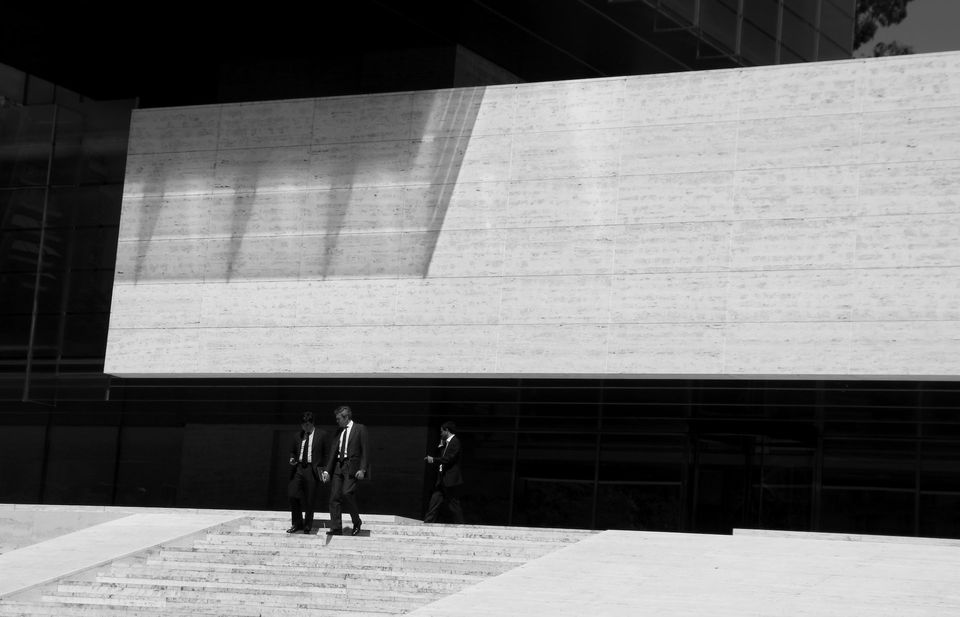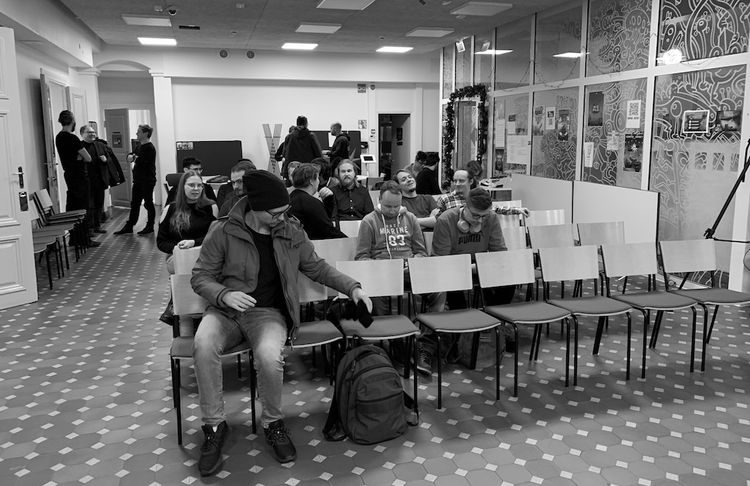EGD News #154 — The Godfather Types

Sent on September 30th, 2022.
If you aren’t a subscriber to EGD News, you can subscribe here.
An early-stage company’s most valuable asset is its clean cap table. But I’ve seen all sorts of messy cap tables. I recently posted about cap table problems on LinkedIn.
Based on people’s reactions, I thought that this topic required a bit of a deep dive.
Here’s an imaginary story about Joel, a game company’s co-founder, and CEO. Joel was developing Flash games for a big publisher, and after launching some successful games, Joel and his two co-founders decided to move the company to the next level.
Joel wanted to raise investor money and hire a bigger team to create more games. He met Jerry, a wealthy businessman and angel investor keen to invest $500k for 33% of the company.
Joel me VCs, but the message was that Joel’s company wasn’t ready for a VC investment. Things were still too early: the company had three co-founders with relatively little experience in gaming, and there wasn’t a clear plan on how to start generating revenues.
On the other hand, Jerry said he would come on board and help with business development and secure a large publisher deal for the company. Joel accepted Jerry’s offer.
Twelve months later, things hadn’t progressed, and revenues were abysmal; none of the new games that the more prominent team had been developing were ready to launch. At the same time, Joel was unsuccessful at attracting VC interest. He decided to lay off half of the team and figure out how to raise more and keep going.
Jerry, the wealthy angel, had been helping Joel with connections to publishers, but the deals had ended up going nowhere. Joel asked Jerry for help. Jerry offered to invest $1m for 50% of the company. The $1m would be invested in tranches; each 333K would be invested if the company hits milestone targets. But Jerry wanted 50% upfront.
Joel didn’t have options; to close down or give 50% to Jerry, retaining some 16.6% between him and his co-founders. Joel decided it was better to take the money than lose everything.
Hold on.
After this financing, what if Joel and his co-founders succeed with a decent game but not a mega-hit? What if they want to raise a VC funding round to grow the company?
Guard your cap table
Let’s take a step back and look at the stage where Joel was when he and the co-founders still owned 100% of the company.
As I said: “the company had three co-founders with relatively little experience from gaming, and there wasn’t a clear plan on how to start generating revenues.”
There are many kinds of angel investors—also the people who invest small amounts. Finding a group of angels who want to invest 100K could lead to a runway of nine or twelve months to get to the next stage.
Then there are angels like Jerry, the godfather type, who think they are helping these founders, going on the entrepreneur adventure with the founder. Still, instead, they are making the company incompatible with a venture-backed path in the long term.
I’m puzzled by these godfather types. They seem extremely popular in the Nordics, and based on this article, I’m not the only one who’s noticed this. They want 40% or 50%, harming the company’s prospects.
From a VC perspective, an early-stage company where investors own a large majority is a red flag. The VC will ask: How motivated are the founders with ownership of a few percentage points? They’ll need to raise more as the company grows and each time their ownership dwindles.
In an earlier EGD Newsletter, I gave an example of “the dragon’s den” model.
“The popularity of investors owning a majority became popular on the TV show Dragon’s Den. On the show, an investor says that they’ll invest 100,000 USD for 51% of the company. The explanation: they want to control and oversight over the use of their money.”
What motivates these godfather types? I guess they want the thrill of the entrepreneur adventure and the upside of owning a big part of an exciting startup. As a cherry on top, they think they’re doing the founders a favor by giving up their valuable time to help the company.
How to avoid it?
I’m on a mission to educate founders about company building for the long term. I’ve written about cap tables and created content about “Guarding your cap table.“
Founders often take money in too early: months, usually years, before a VC would think this is a ready company. These are founders, who don’t know better, and they end up taking “non-value-add money” from wealthy individuals. In the Nordics, there are government grants which require an external investment. We’ve created a model to fundraise prematurely, for predatory angels to swoop in and take 30-50%.
Both founders and angels don’t seem to understand the compounding effects of dilution: all successful venture-backed companies go through several funding rounds. Even Supercell did three rounds before Softbank bought them.
I think there’s an ideal starting position: If a company wants to go on the venture-backed path, it requires a specific setup: founders own at least 70%, preferably 75% of the company, when VCs invest. If you’ve already gone below 70%, here are a few ideas to fix the cap table:
- Ask investor shares to be used to create an ESOP (employee share option pool)
- Recapitalize the cap table, where investors are diluted, and founders go back to 75%. The investors will still have shares but not at the same scale they used to have. Consult your local legal counsel on how to restructure the cap table.
- Everyone who is a passive owner should be bought out. With passive, I mean ex-employees, ex-founders, ex-advisors, or passive investors who aren’t contributing.
I’ve created a cap table modeling tool that will come in handy, whatever the state of your company.
Good luck, and watch out for the godfathers.
(Photo by Asaf Gazit on Unsplash)





